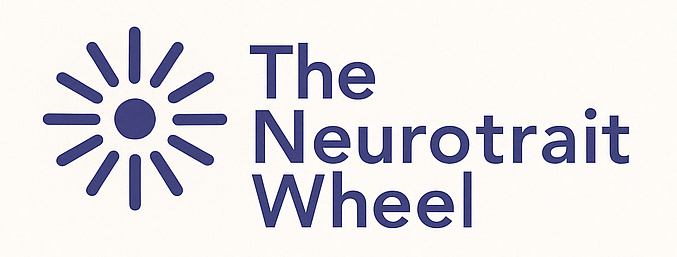I work in DEI or HR
The Neurotrait Wheel offers a simple, human-centred way to support neurodivergent colleagues, and to create more inclusive workplaces without relying on formal diagnoses.
It’s particularly useful to include in training for managers to explain how Neurodiversity might appear, why there’s no “one size fits all” approach, and how to talk about adjustments.
Training and awareness
You can make sample graphs (or use ours) to show how two people with the same label (like ADHD) might have completely different profiles. It makes invisible differences visible.
This is really helpful to explain why it’s hard to offer generic advice about what adjustments to make to support Neurodivergent staff.
You can also use it to help explain what different diagnoses mean, based on how people experience work and their day to day life.
Coming soon: A template slide deck for use in training
Policy and process review
You can use the language of traits to rethink approaches to performance management, onboarding, or communication norms. For example, supporting very direct communication rather than framing it as rudeness.
Think: “What support do we offer for traits like executive dysfunction or sensory sensitivity?”
Neuroinclusive cultures
You can use the Neurotraits to think about whether your current working styles are positive or negative for someone experiencing each trait.
By making changes before they’re asked for, you start to make your workplace truly Neuroinclusive, and it’s something you can use when you talk about how you’ve implemented Inclusion and Belonging work in a systemic way.
Think: “Are we designing inclusion based on diagnosis, or actual lived experiences?”
Coming soon: Neuroinclusive culture assessment
1:1 conversations
The Neurotraits wheel can be helpful for guiding conversations about adjustments and support, particularly if someone doesn’t have a formal diagnosis, or if they’re newly diagnosed and just figuring it all out themselves.
By focusing on how each individual experiences their Neurodivergence at work, and supporting their unique experience, you avoid the risks of using “cut and paste” responses which might not meet your duties under Equality legislation.
Think: “How could we use this model to improve our adjustments conversations?”
Coming soon: Suggested adjustments to support each trait
